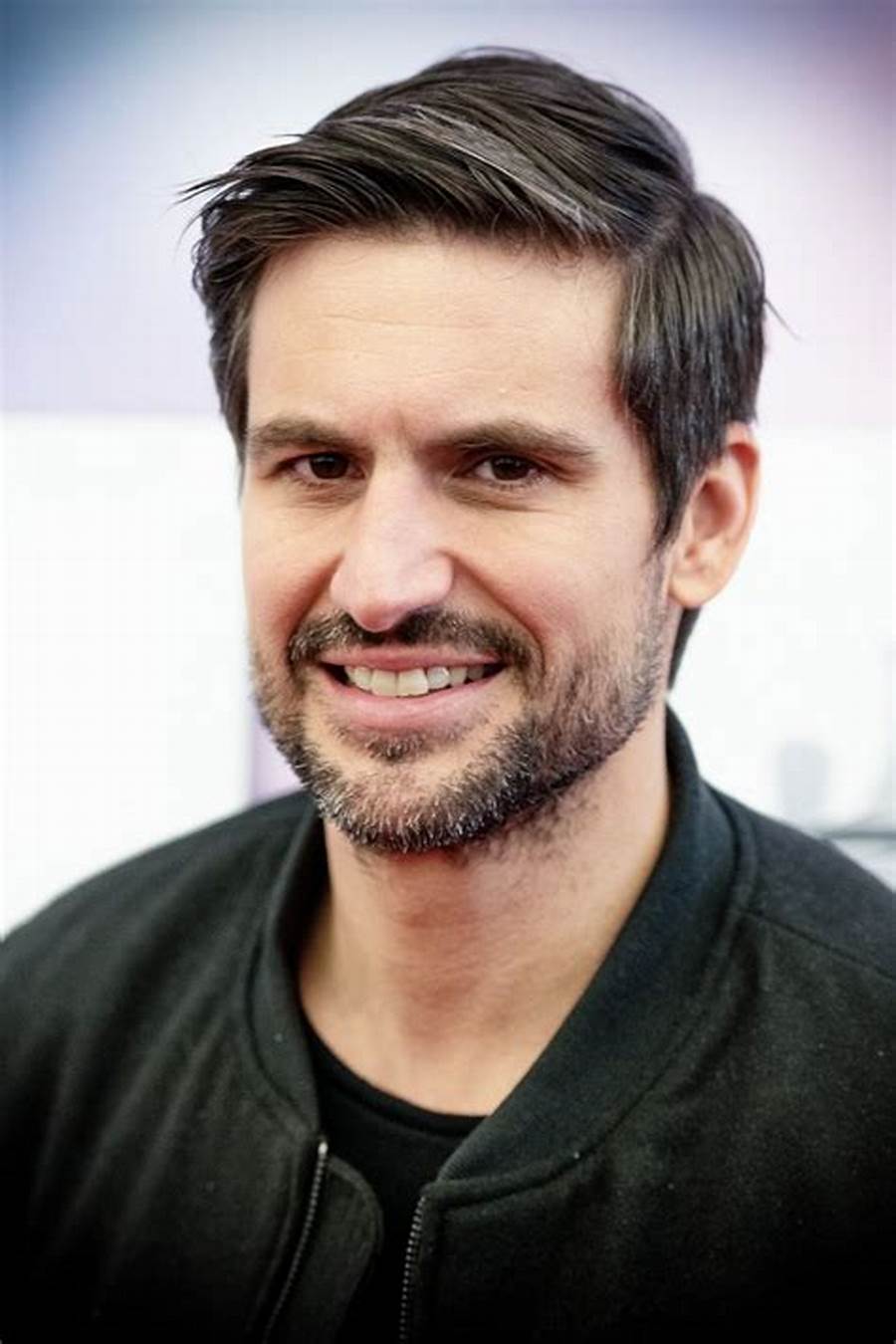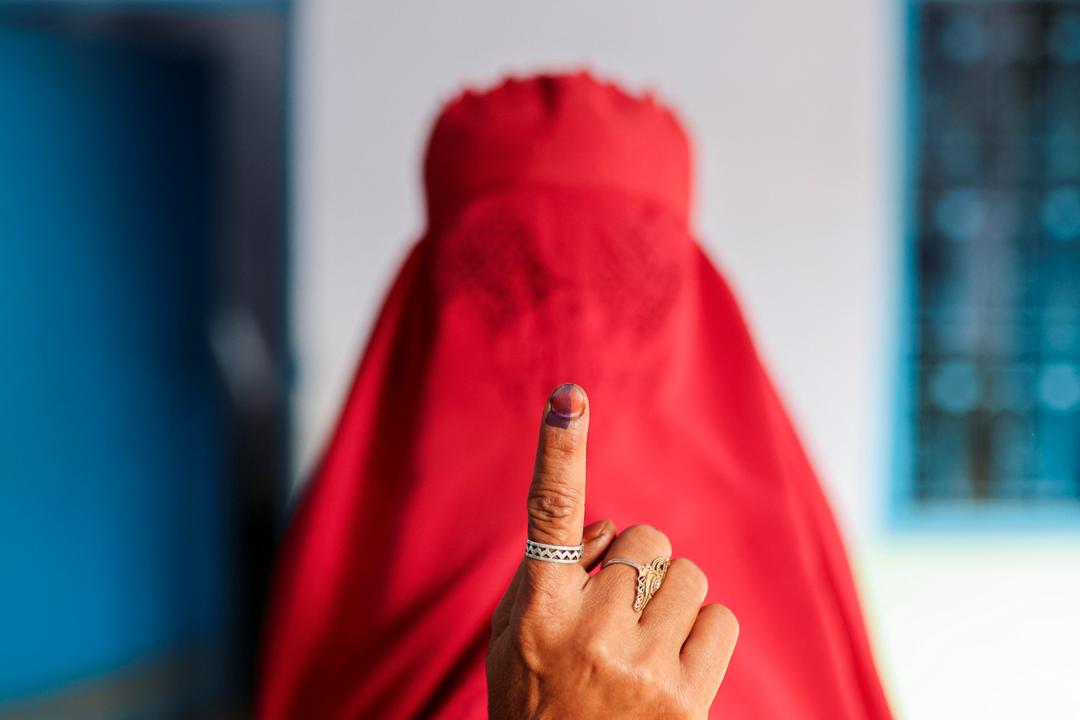Polling stations in India have opened for a six-week democracy marathon, a massive event in the world’s most populous country.
Last week, India’s first polling stations opened, including in the city of Haridwar in the country’s northern state of Uttarakhand, AFP news agency journalists reported on the spot.


The election will last six weeks and be divided into several phases. That’s the first phase that started on Friday. The final stage ends on June 1, writes NTB.
Prime Minister Narendra Modi is expected to win a third term on a platform of growth, prosperity and Hindu nationalism. Modi represents the Bharatiya Janata Party (BJP). Against him, he has an alliance of several parties promising greater state contributions to individuals and a more targeted fight for social equality.



Modi urged his citizens to exercise their right to vote and participate in the elections in large numbers. Every vote counts, he said, and especially called on young and first-time voters to come to the polls.
The first phase of the election covered 166 million voters in 102 constituencies in 21 states and territories, from Tamil Nadu in the south to Arunachal Pradesh in the Himalayas to the border with China, according to the NTB.



Several opinion polls suggest that Modi will win a majority in the election, despite growing concerns about unemployment, inflation and the condition of rural agriculture.
Modi is expected to win about 370 of the 543 seats in the National Assembly, up from 303 in 2019. With a two-thirds majority, Modi’s party could make major changes to the constitution.

“Hardcore zombie fan. Incurable internet advocate. Subtly charming problem solver. Freelance twitter ninja.”






